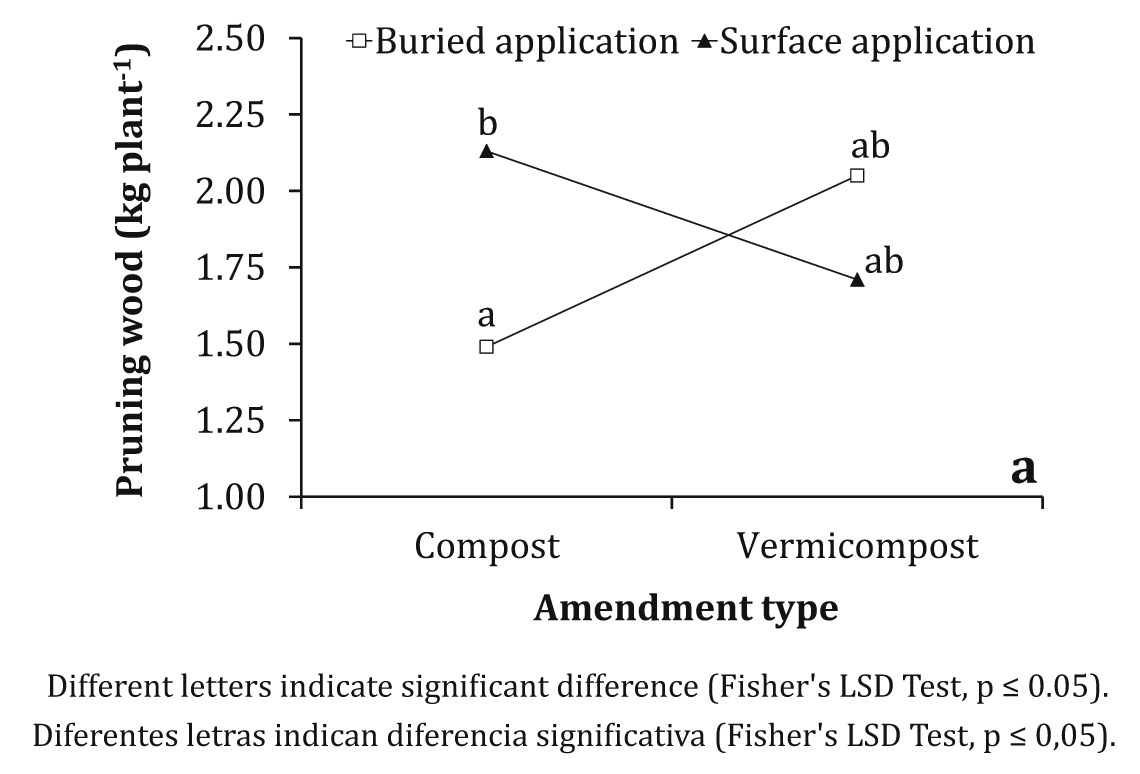Assessment of soil properties, plant yield and composition, after different type and applications mode of organic amendment in a vineyard of Mendoza, Argentina
Keywords:
compost, vermi compost, microorganisms, grapevine, organic fertilizersAbstract
Research on grapevines has indicated that organic amendment application (OAA) increasesthe nutrient content of soil and plant tissue. Microbial functional groups are extensively used assoil fertility indicators because they are highly sensitive to changes in climatic and managementconditions and they accurately represent entire biological processes. The goal of the presentstudy was to evaluate the interactive effects of OAA on microbiological and chemical propertiesof soil and plants of a vineyard in Mendoza, Argentina. The following factors were evaluated:type of organic amendment (compost or vermi compost), application mode (surface orburied) and frequency of application (one or two applications). The field experiment wascarried out using a factorial randomized complete block design. The following soil parameterswere analyzed before and after OAA: microbial abundance related to the carbon and nitrogencycle, total microbial activity, salinity and fertility. Yield, pruning weight, trunk diameter andnutritional variables of the vine were determined at the end of the assay. The results showedthat microorganisms were not affected by the type of amendment, the application methodor frequency. After OAA, the total abundance of microorganisms was similar, and soil salinitywas not affected. Phosphorus depended on the strategy or combinations. Total phosphorus inpetioles was higher after one or two buried applications (0.43% and 0.39%, respectively). Inconclusion, OAA to irrigated soil of arid areas in Mendoza, Argentina, could be considered apromising supplementary treatment to increase the nutrient content in soil and vine.

Downloads
Published
Issue
Section
License
Aquellos autores/as que tengan publicaciones con esta revista, aceptan las Políticas Editoriales.


